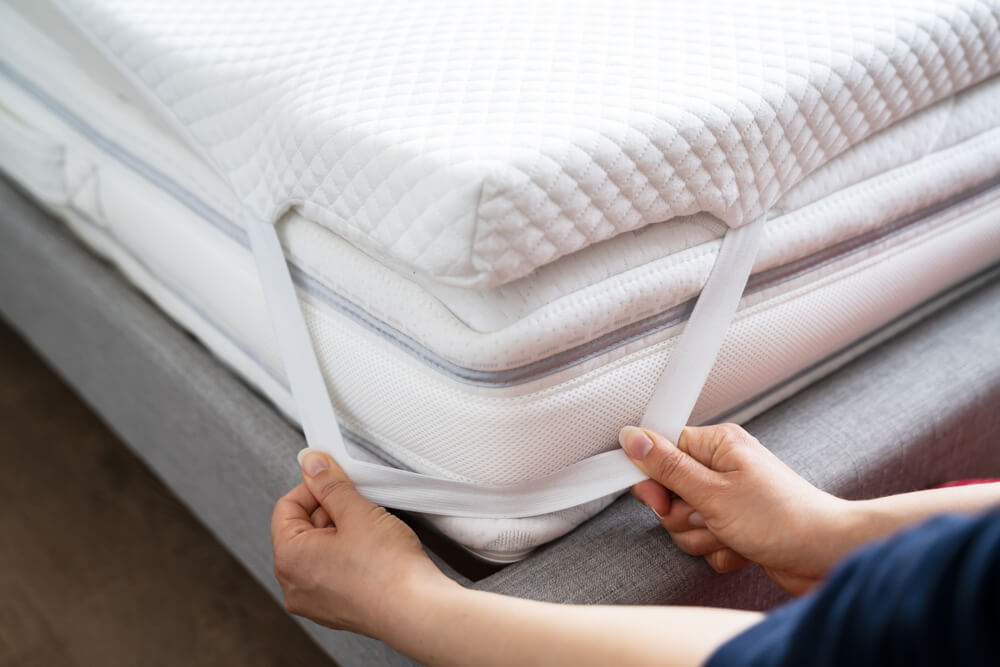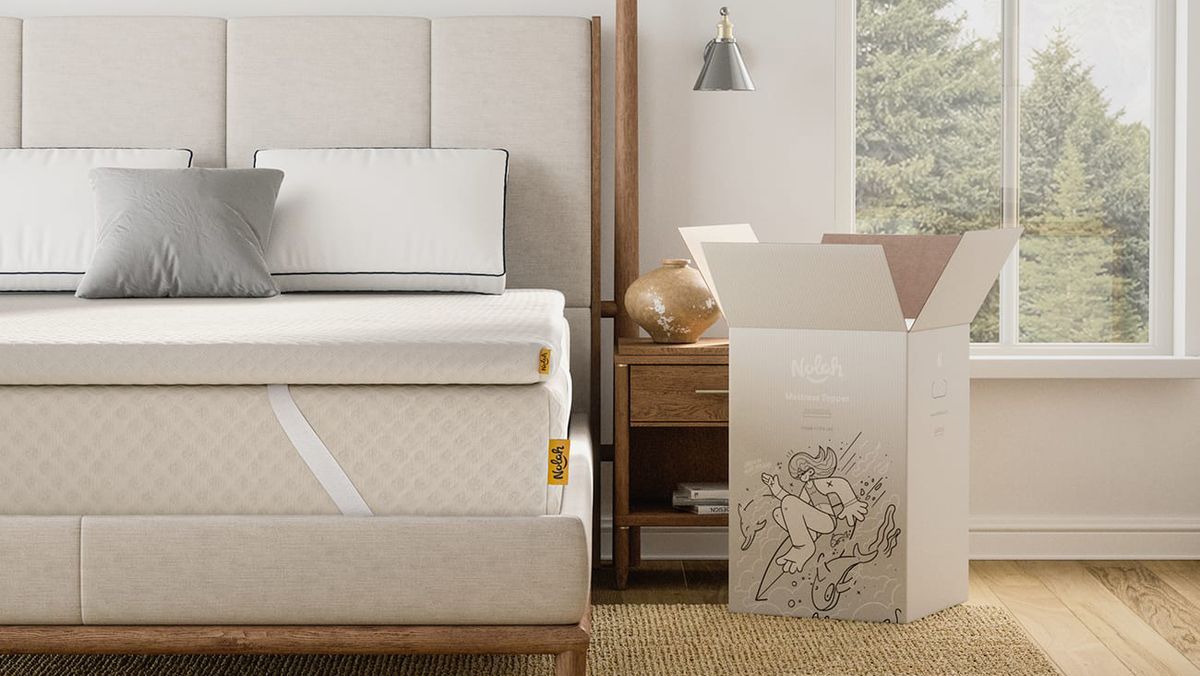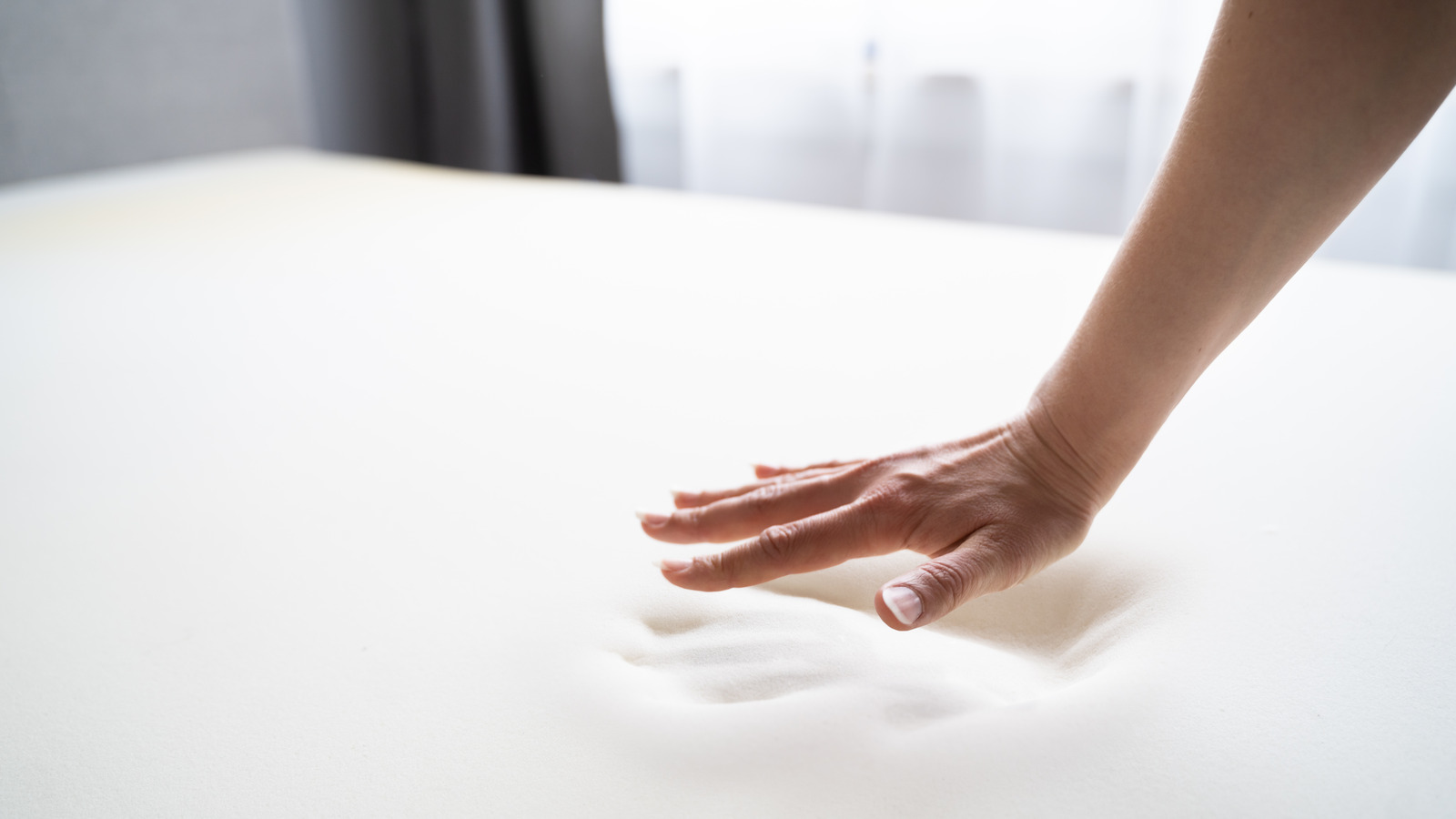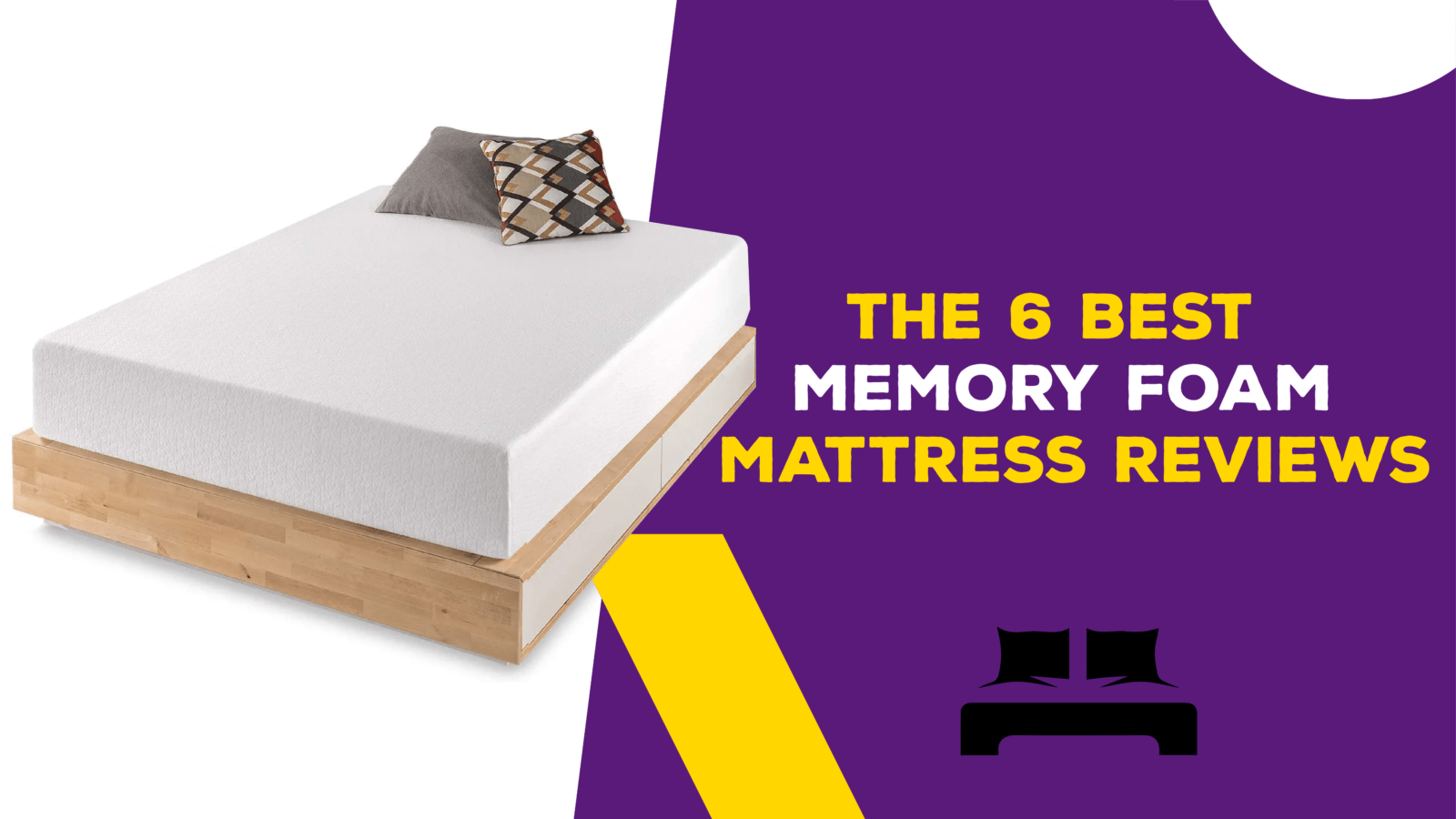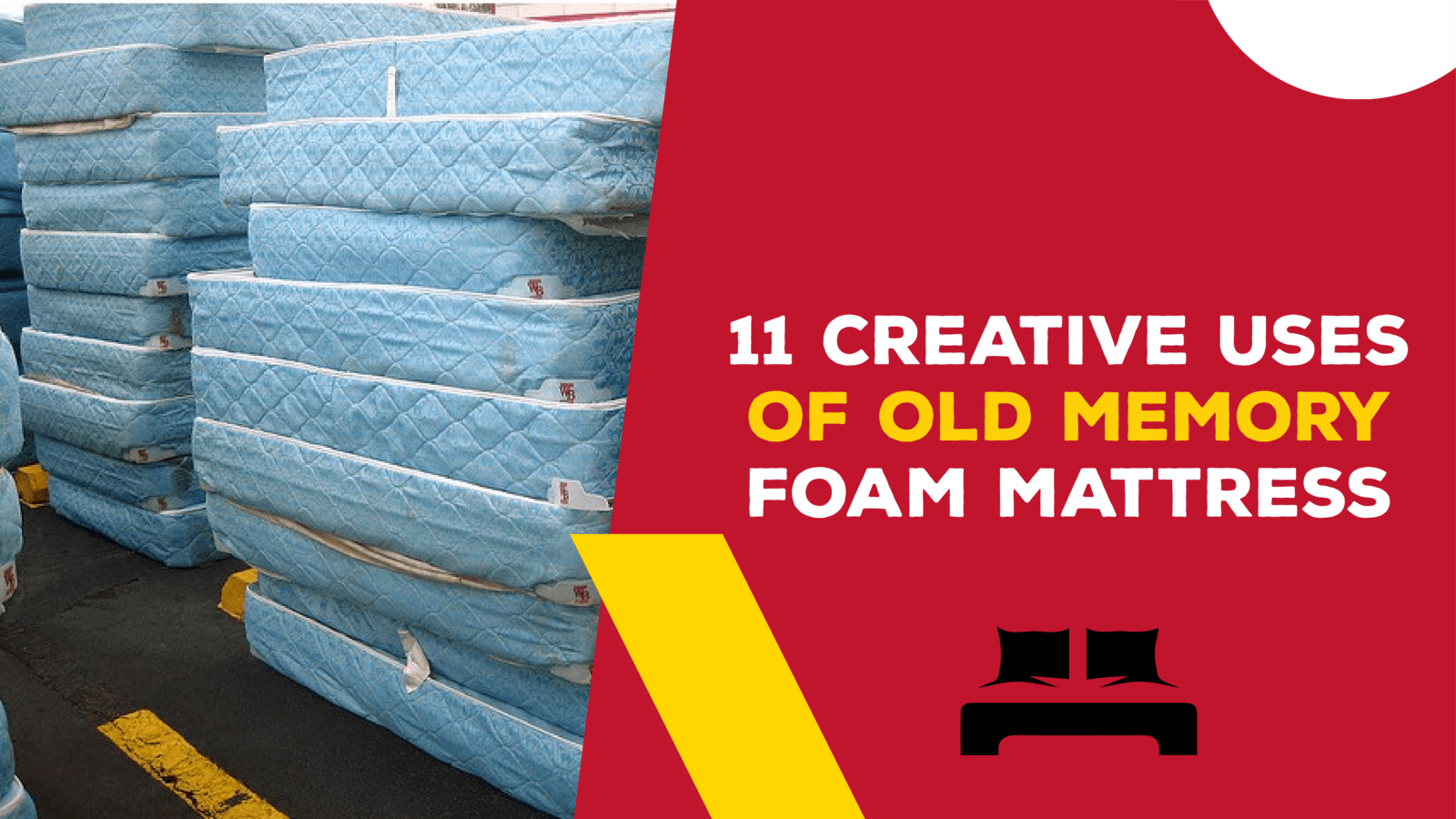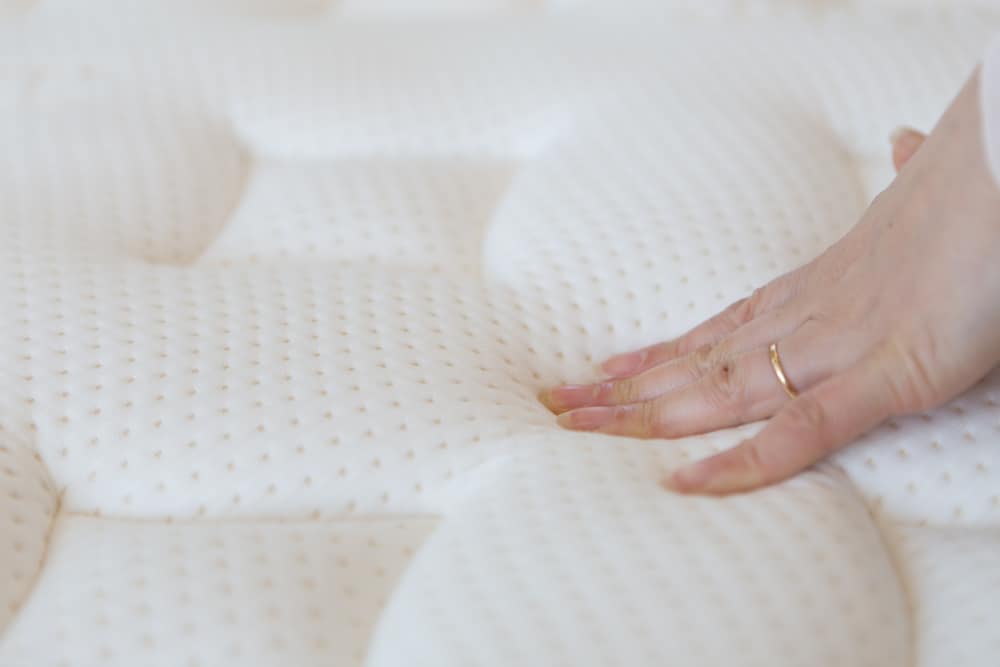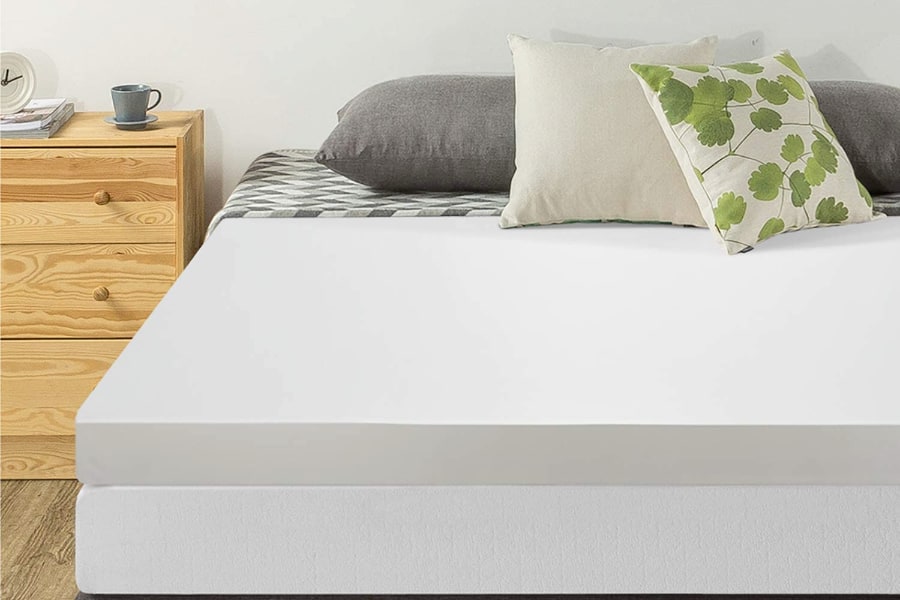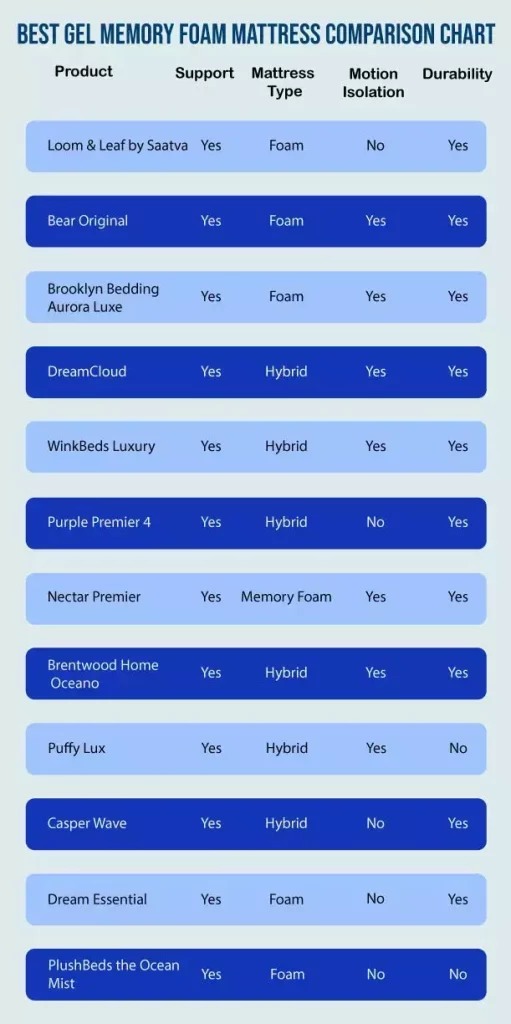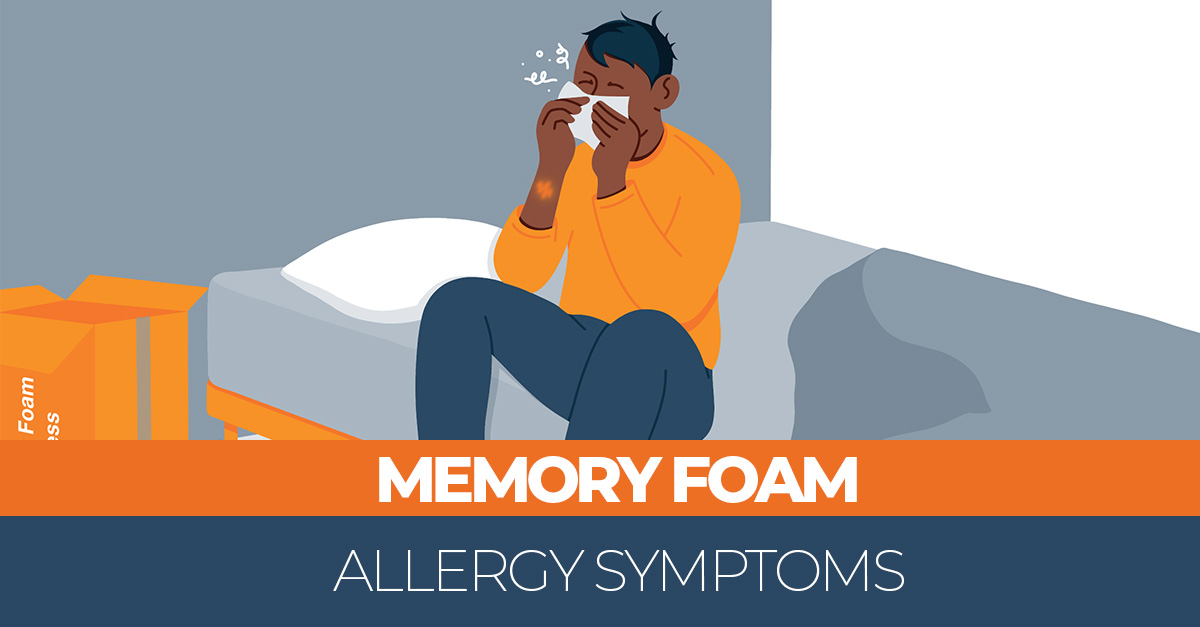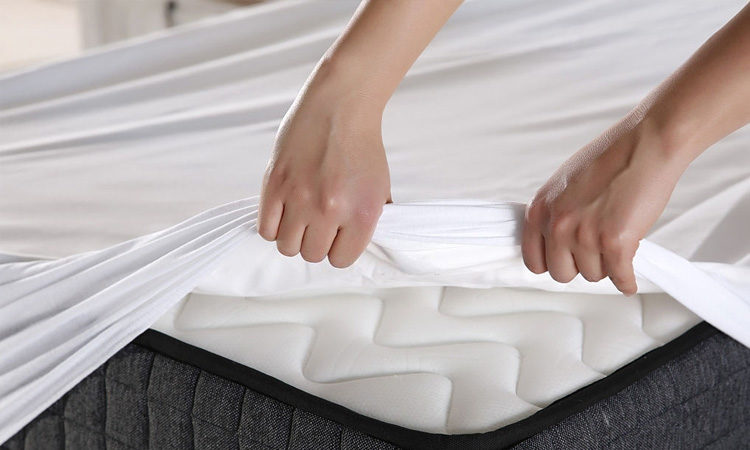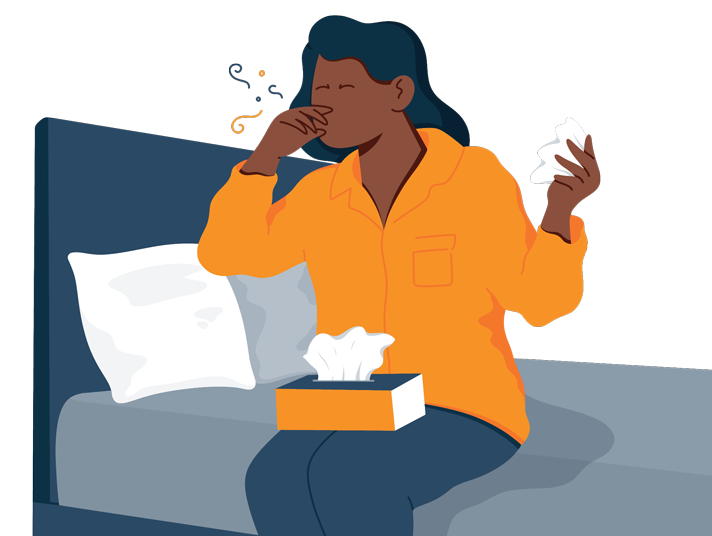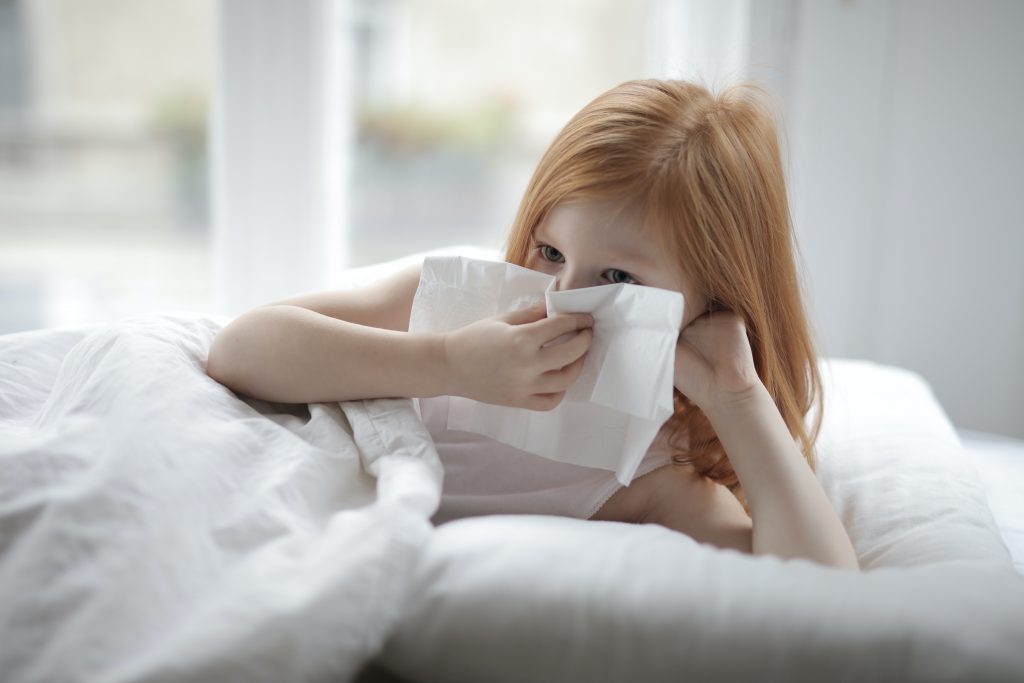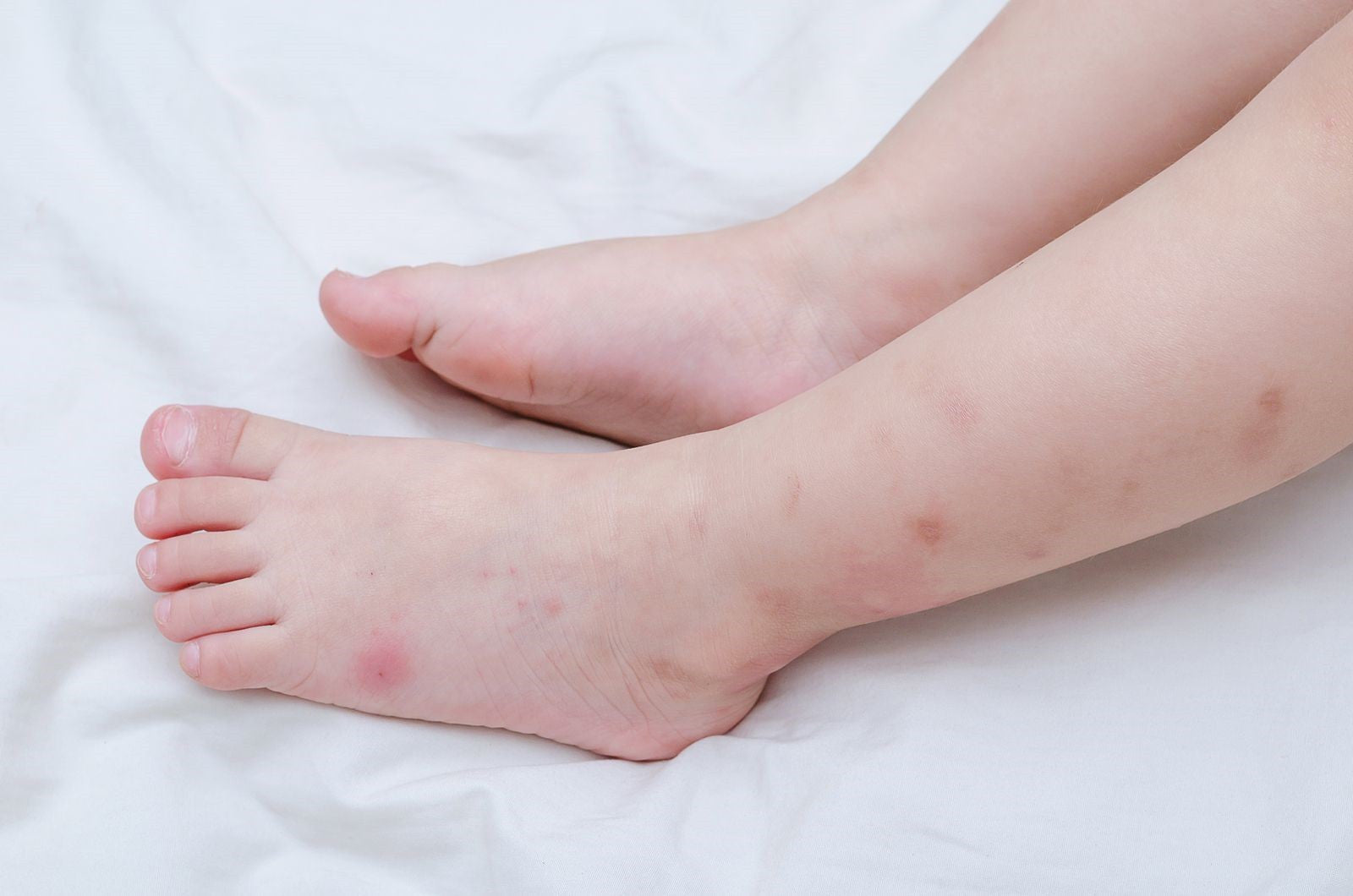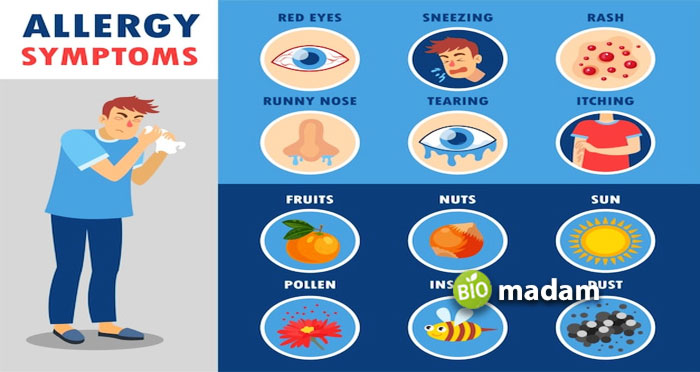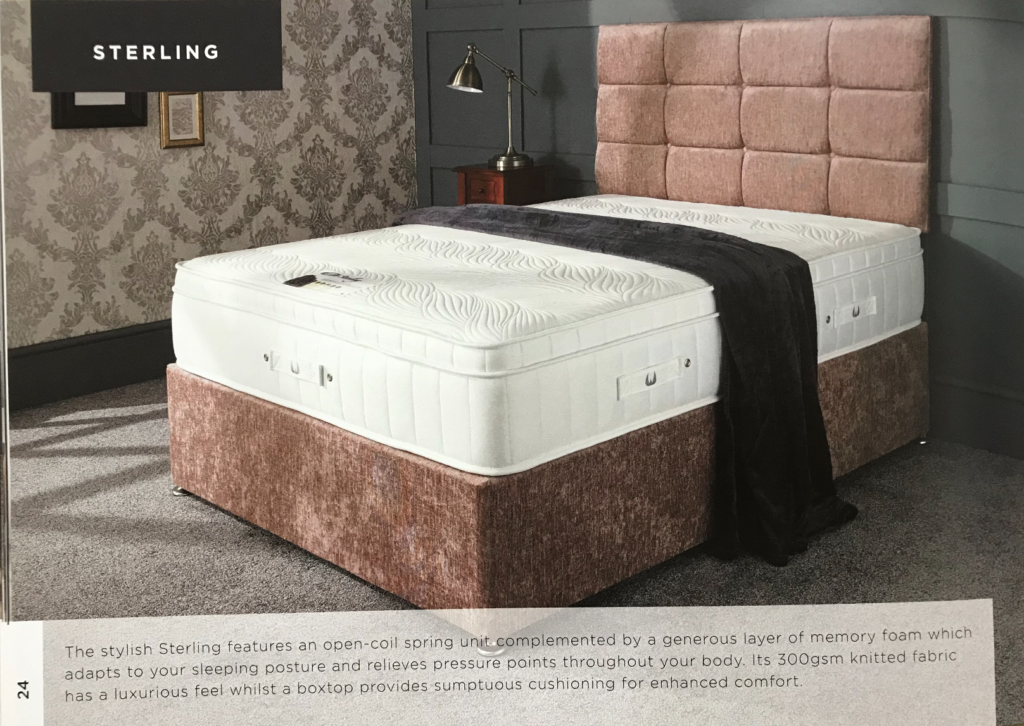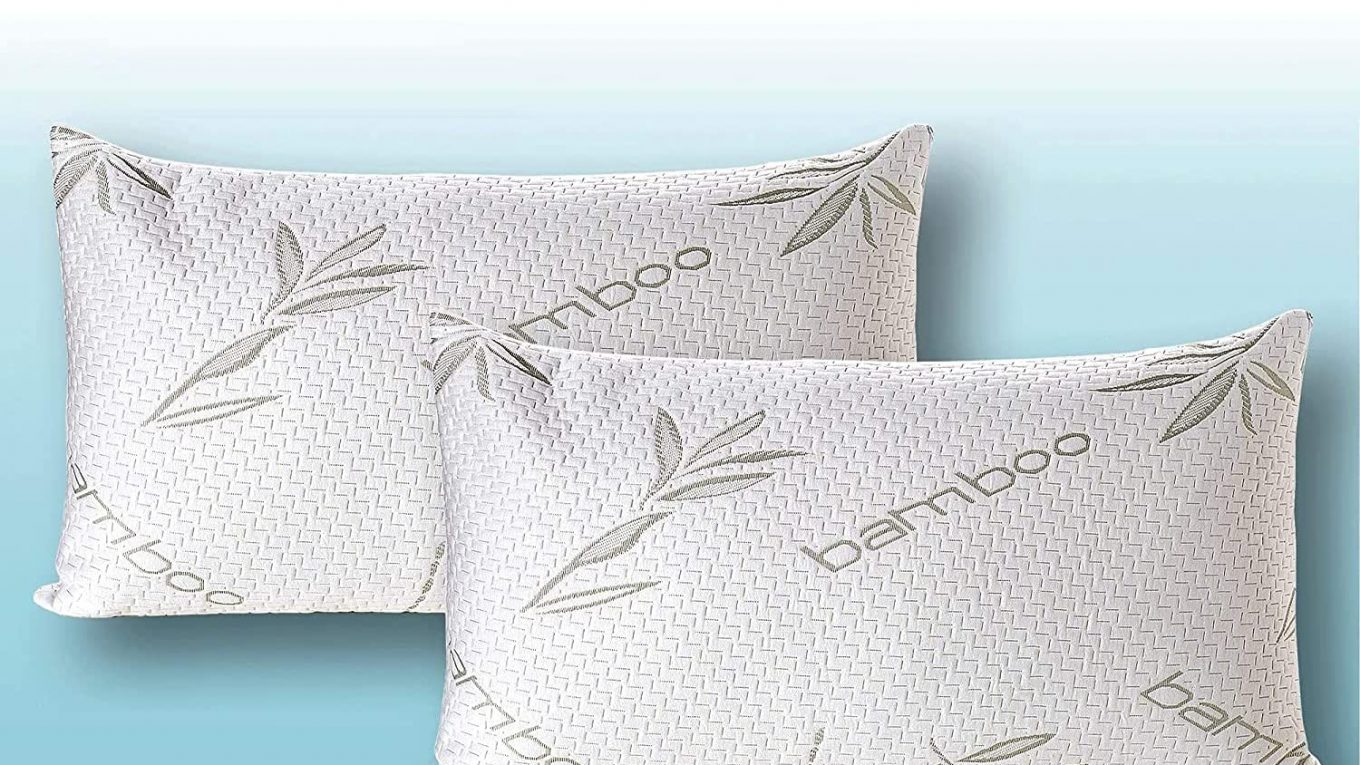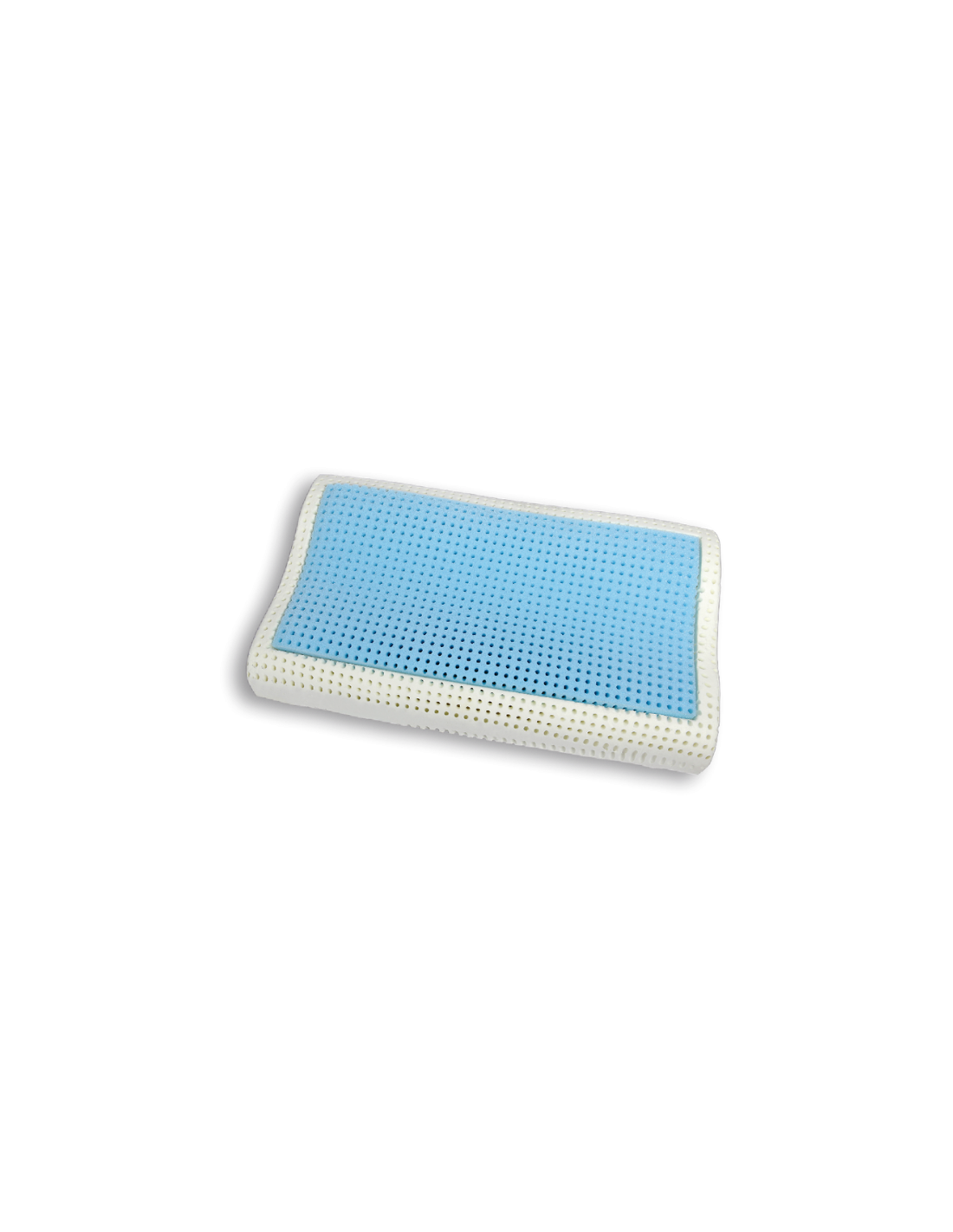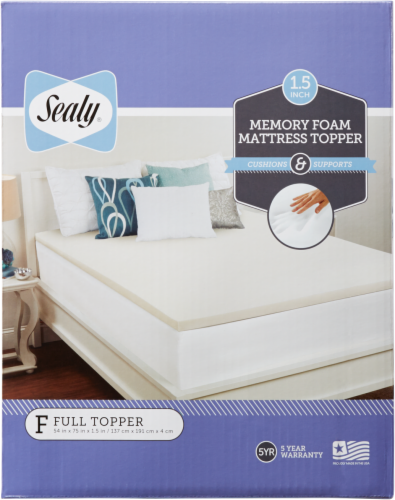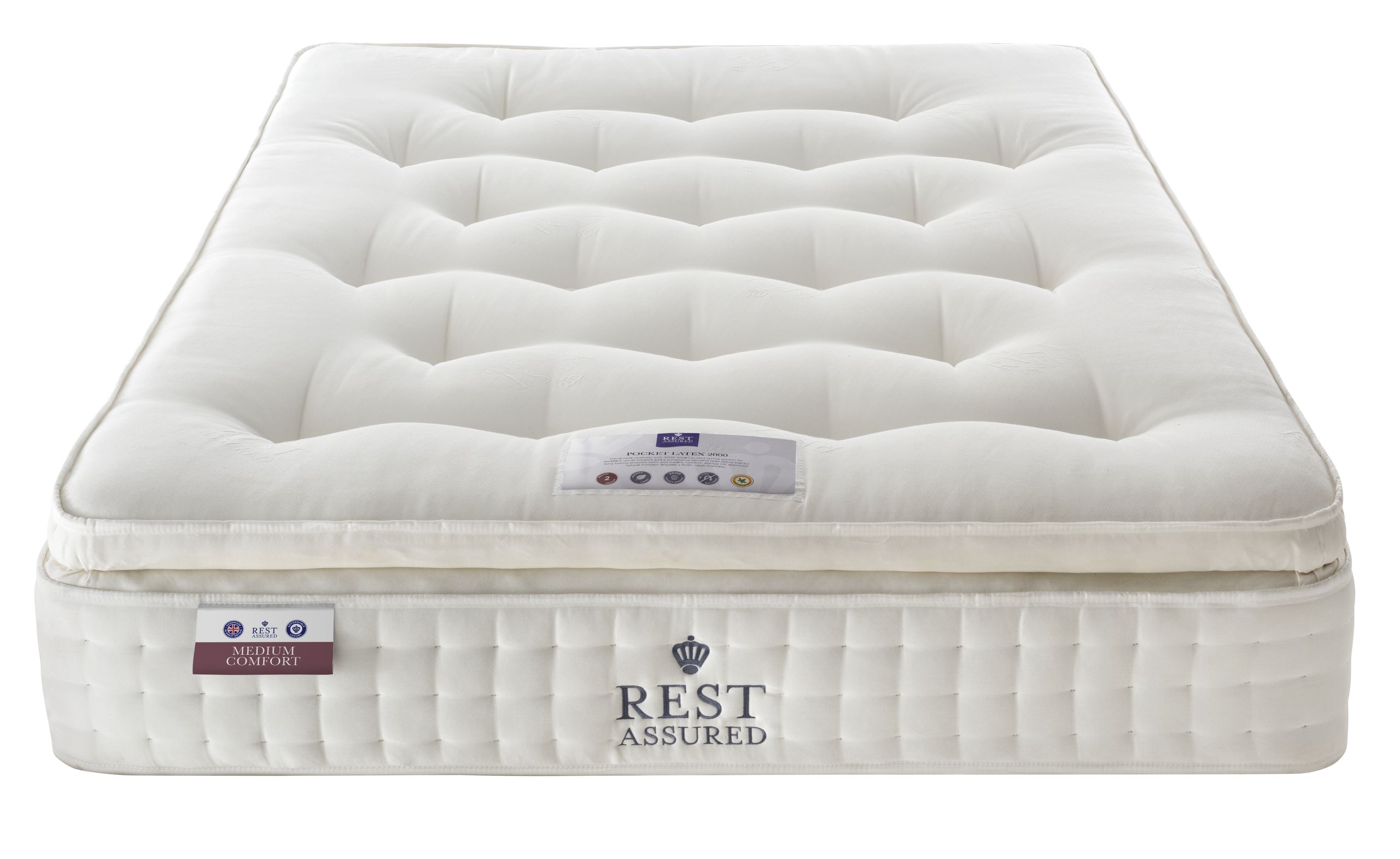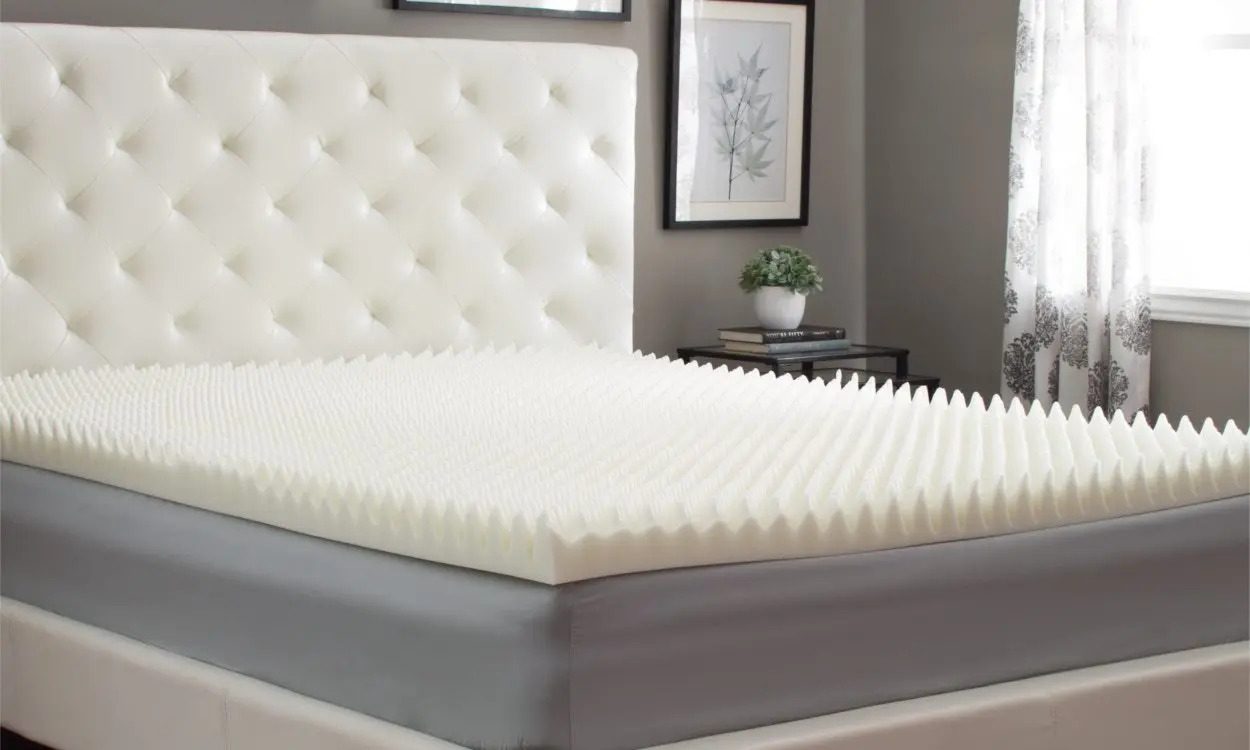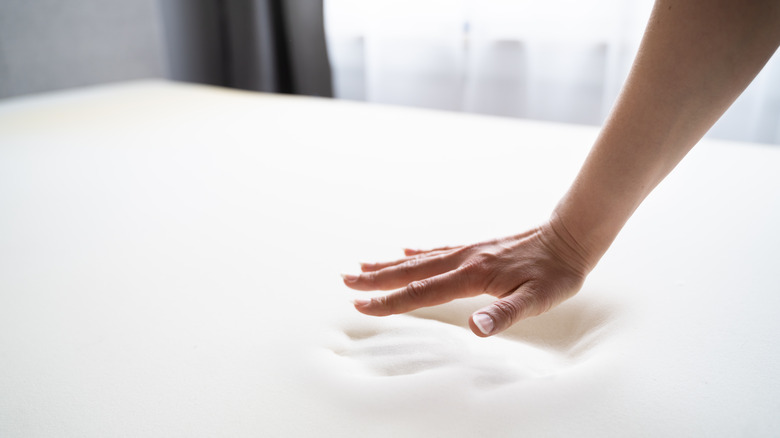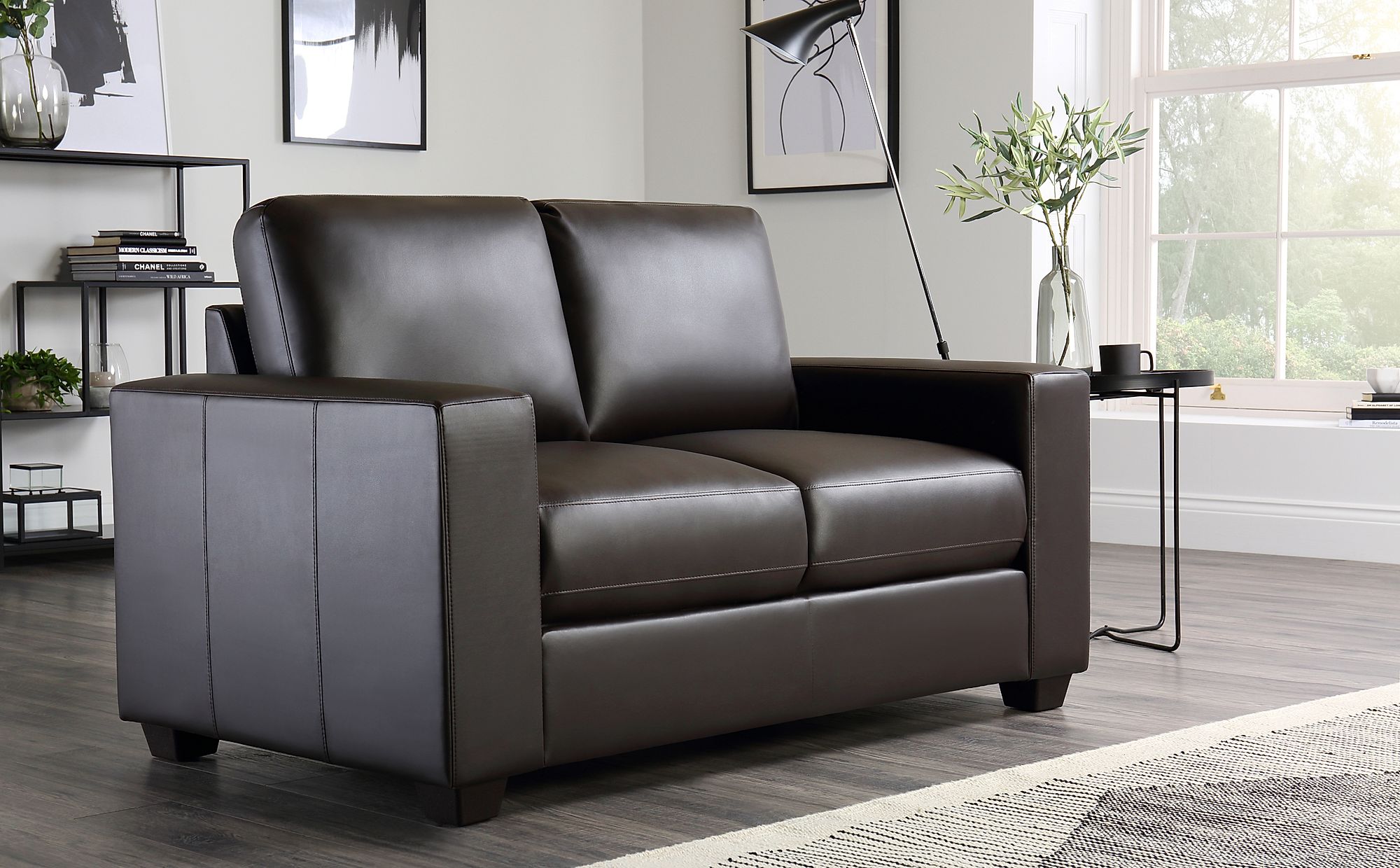If you're one of the many people who suffer from allergies, you know how frustrating it can be to constantly deal with symptoms like sneezing, itching, and congestion. But did you know that your memory foam mattress topper could be the culprit behind your allergic reactions? It may seem counterintuitive, as memory foam is often marketed as a hypoallergenic material. However, there are certain factors that can contribute to an allergic reaction to memory foam mattress toppers. Here's what you need to know about this common issue.Memory Foam Mattress Topper Allergic Reaction: What You Need to Know
It can be difficult to determine if your memory foam mattress topper is causing your allergies, as symptoms may not appear immediately. However, if you notice an increase in allergy symptoms after you started using a memory foam mattress topper, it's worth investigating further. Common signs of an allergic reaction to memory foam include sneezing, itching, watery eyes, and congestion. You may also experience skin irritation or difficulty breathing. If you have a pre-existing respiratory condition like asthma, an allergic reaction to memory foam could make your symptoms worse.How to Tell If You're Allergic to Your Memory Foam Mattress Topper
Memory foam is made from a material called polyurethane, which is known to emit volatile organic compounds (VOCs). These chemicals can cause irritation and allergic reactions in some individuals. In addition, memory foam can also attract dust mites, which are a common allergen. The combination of VOCs and dust mites can make for a perfect storm of allergy triggers.Understanding Allergies to Memory Foam Mattress Toppers
As mentioned earlier, the symptoms of an allergic reaction to a memory foam mattress topper can vary. Some people may experience respiratory issues, while others may have skin irritation. It's also possible to have a combination of symptoms. Here are some common signs of an allergy to memory foam:Common Symptoms of an Allergic Reaction to Memory Foam Mattress Toppers
If you still want the benefits of a memory foam mattress topper but are concerned about allergies, there are a few things you can look for when shopping for a hypoallergenic option. Look for memory foam that is CertiPUR-US certified, meaning it has been tested for harmful chemicals and emissions. You can also choose a memory foam topper with a removable and washable cover to help reduce dust mites and allergens. Alternatively, there are other materials that may be more suitable for allergy sufferers, such as latex or organic cotton.How to Choose a Hypoallergenic Memory Foam Mattress Topper
If you already have a memory foam mattress topper and don't want to replace it, there are some steps you can take to reduce your allergic reactions. First, make sure to regularly wash and change your bedding, as this can help reduce dust mites. You can also invest in a mattress protector specifically designed for allergies. Additionally, you can try using an air purifier in your bedroom to help remove any VOCs in the air.Tips for Reducing Allergic Reactions to Memory Foam Mattress Toppers
If you have severe allergies or just want to avoid memory foam altogether, there are natural alternatives to consider. Latex mattress toppers are a popular option for those with allergies, as they are hypoallergenic and resistant to dust mites. Wool mattress toppers are also a good choice, as wool is naturally resistant to allergens and has temperature-regulating properties. Organic cotton and bamboo toppers are other natural options that may be more suitable for those with allergies.Natural Alternatives to Memory Foam Mattress Toppers for Allergy Sufferers
Ashley, a 32-year-old woman, had been dealing with allergies for most of her life. She had tried every medication and home remedy, but nothing seemed to provide long-term relief. After doing some research, she discovered that her memory foam mattress topper could be the cause of her allergies. She decided to switch to a latex mattress topper and noticed a significant improvement in her symptoms. She now sleeps soundly without constantly sneezing or feeling congested.Dealing with Allergic Reactions to Memory Foam Mattress Toppers: A Personal Story
While memory foam is often marketed as a hypoallergenic material, it's important to remember that everyone's allergies are different. Some people may have no issues with memory foam, while others may have a severe reaction. It's also worth noting that not all memory foam is created equal, so it's essential to do your research and choose a reputable brand with safety certifications.The Link Between Memory Foam Mattress Toppers and Allergies
To keep your memory foam mattress topper in good condition and reduce the risk of allergic reactions, it's important to clean and maintain it regularly. You can spot clean any stains with a mild detergent and warm water. It's also a good idea to vacuum your mattress topper to remove any dust or debris. Additionally, make sure to follow the manufacturer's instructions for flipping and rotating your topper to evenly distribute wear and tear.How to Clean and Maintain Your Memory Foam Mattress Topper to Prevent Allergic Reactions
Understanding Memory Foam Mattress Toppers and Allergic Reactions

What is a Memory Foam Mattress Topper?
 A memory foam mattress topper is a popular addition to traditional mattresses, providing extra comfort and support. Made of a viscoelastic material, it molds to your body shape and relieves pressure points, resulting in a more restful sleep. However, while memory foam mattress toppers offer many benefits, some people may experience an
allergic reaction
to this type of bedding.
A memory foam mattress topper is a popular addition to traditional mattresses, providing extra comfort and support. Made of a viscoelastic material, it molds to your body shape and relieves pressure points, resulting in a more restful sleep. However, while memory foam mattress toppers offer many benefits, some people may experience an
allergic reaction
to this type of bedding.
Common Allergens in Memory Foam Mattress Toppers
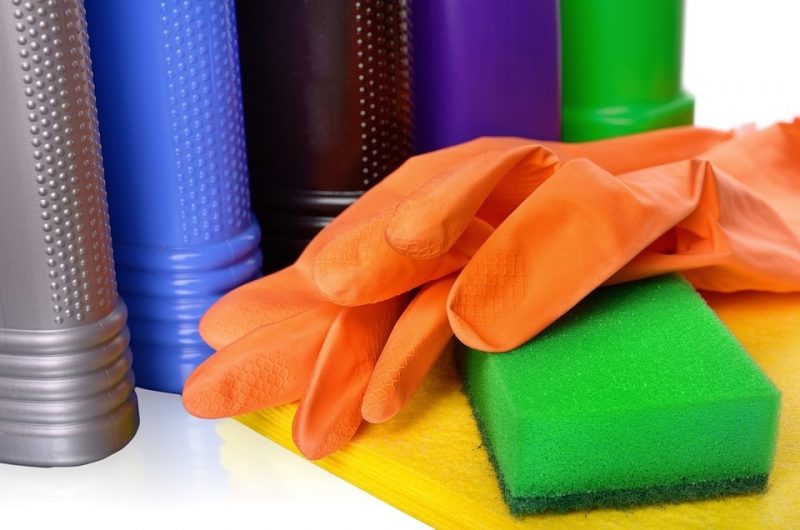 Dust mites
are the main culprit behind allergic reactions to memory foam mattress toppers. These microscopic creatures thrive in warm and humid environments, making your mattress an ideal breeding ground. Dust mites feed on dead skin cells, and their droppings contain a protein that can trigger allergies in sensitive individuals.
Another potential allergen is
formaldehyde
, a chemical used in the production of memory foam. This substance can cause respiratory irritation and skin reactions, especially in those with existing allergies or asthma.
Dust mites
are the main culprit behind allergic reactions to memory foam mattress toppers. These microscopic creatures thrive in warm and humid environments, making your mattress an ideal breeding ground. Dust mites feed on dead skin cells, and their droppings contain a protein that can trigger allergies in sensitive individuals.
Another potential allergen is
formaldehyde
, a chemical used in the production of memory foam. This substance can cause respiratory irritation and skin reactions, especially in those with existing allergies or asthma.
Symptoms of an Allergic Reaction to Memory Foam Mattress Toppers
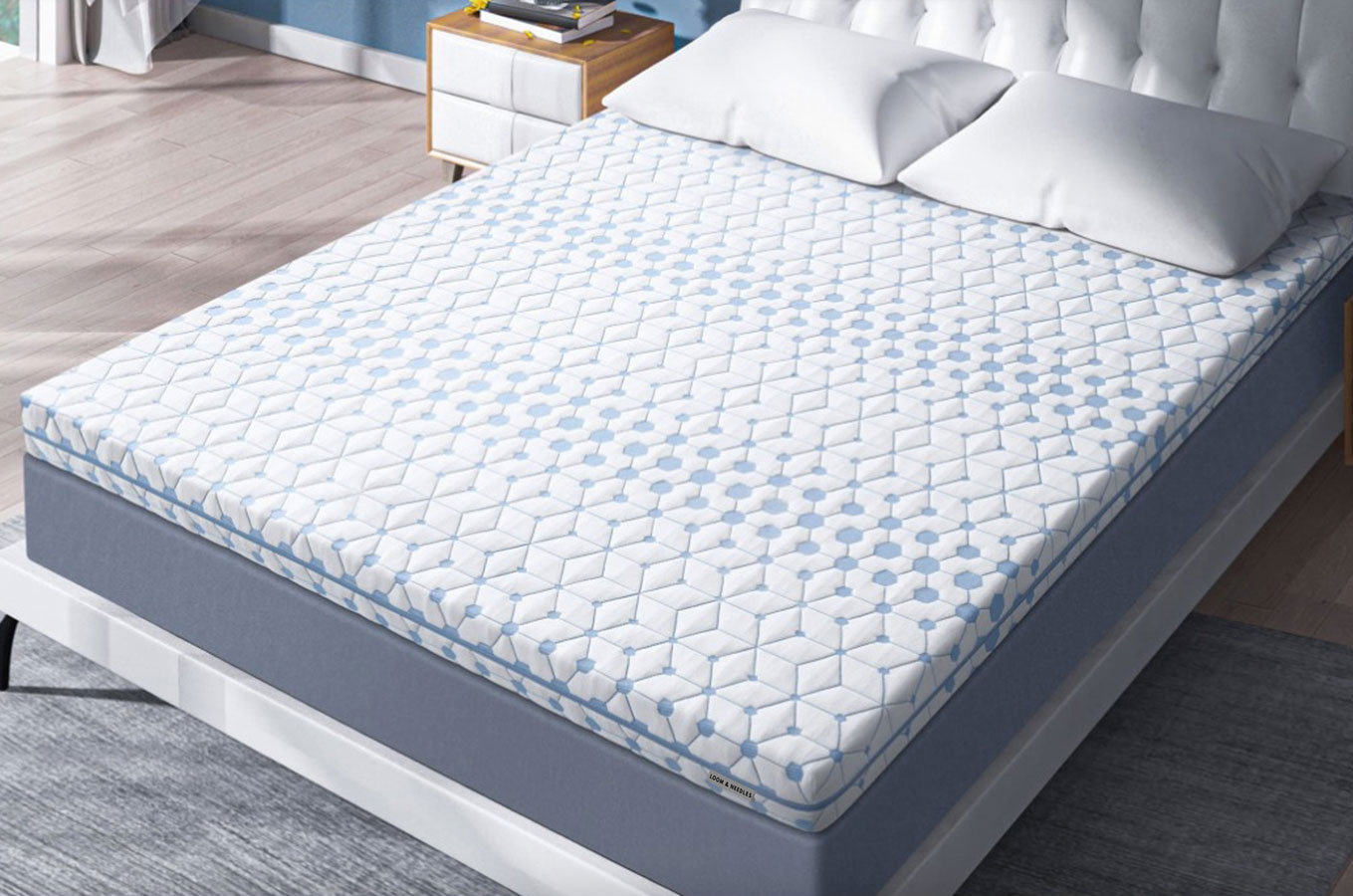 If you experience any of the following symptoms after sleeping on a memory foam mattress topper, it may be a sign of an allergic reaction:
- Sneezing and a runny nose
- Itchy and watery eyes
- Coughing and wheezing
- Skin irritation and rashes
- Difficulty breathing or chest tightness
If you experience any of the following symptoms after sleeping on a memory foam mattress topper, it may be a sign of an allergic reaction:
- Sneezing and a runny nose
- Itchy and watery eyes
- Coughing and wheezing
- Skin irritation and rashes
- Difficulty breathing or chest tightness
How to Manage Allergic Reactions to Memory Foam Mattress Toppers
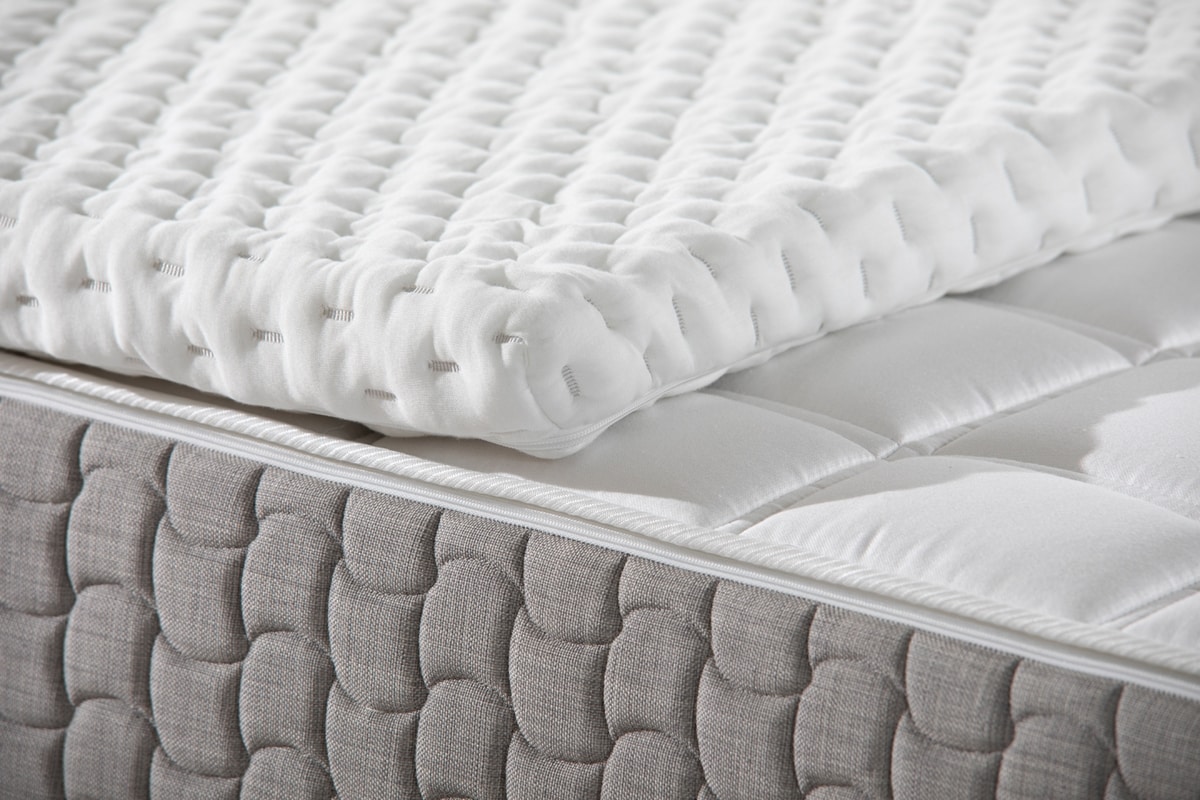 If you suspect that you may be allergic to your memory foam mattress topper, there are a few steps you can take to manage your symptoms:
- Invest in a
hypoallergenic mattress protector
to create a barrier between you and the mattress topper.
-
Frequently wash
your sheets, pillowcases, and mattress protector in hot water to kill dust mites.
- Consider
switching to a latex foam
mattress topper, which is naturally resistant to dust mites and other allergens.
- Consult with an
allergist
to determine the cause of your symptoms and develop a personalized treatment plan.
If you suspect that you may be allergic to your memory foam mattress topper, there are a few steps you can take to manage your symptoms:
- Invest in a
hypoallergenic mattress protector
to create a barrier between you and the mattress topper.
-
Frequently wash
your sheets, pillowcases, and mattress protector in hot water to kill dust mites.
- Consider
switching to a latex foam
mattress topper, which is naturally resistant to dust mites and other allergens.
- Consult with an
allergist
to determine the cause of your symptoms and develop a personalized treatment plan.
The Bottom Line
 While memory foam mattress toppers can provide a comfortable and supportive sleep surface for many people, they may not be suitable for those with allergies. Understanding the common allergens in memory foam and taking preventive measures can help you enjoy a restful night's sleep without any unwanted reactions. Be sure to consult with a healthcare professional if you experience persistent or severe allergic symptoms.
While memory foam mattress toppers can provide a comfortable and supportive sleep surface for many people, they may not be suitable for those with allergies. Understanding the common allergens in memory foam and taking preventive measures can help you enjoy a restful night's sleep without any unwanted reactions. Be sure to consult with a healthcare professional if you experience persistent or severe allergic symptoms.



